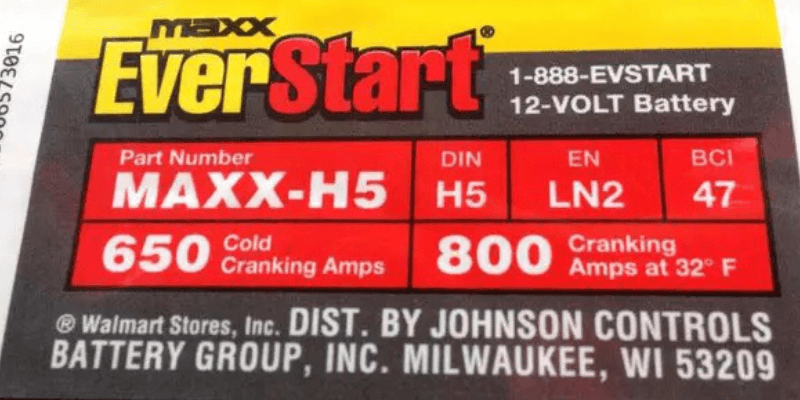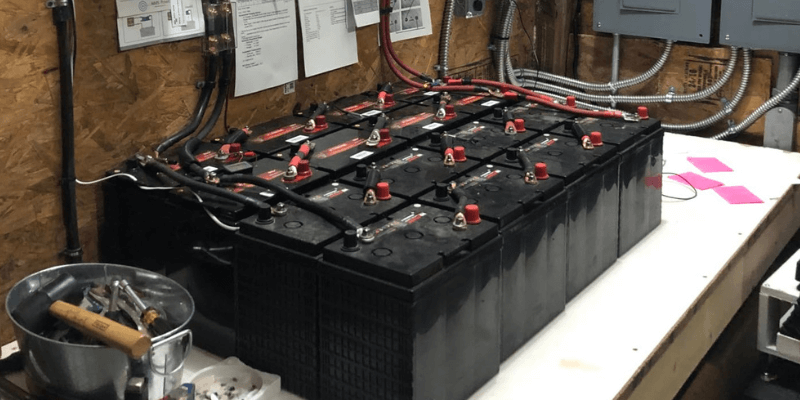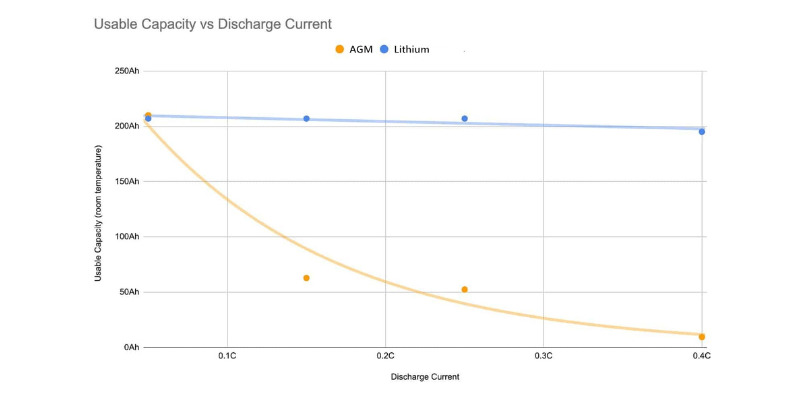Choosing a battery for your energy system can be overwhelming due to specifications like sizes, amp-hours, voltage, cycle life, and efficiency. One key specification is reserve capacity, which impacts lifespan and performance under sustained loads. Here are key points to know about reserve capacity before investing in your next battery.
What Is Battery Reserve Capacity?
Battery reserve capacity (RC) refers to the time, in minutes, a 12V battery can run before dropping to 10.5V, measured in reserve minutes. For example, a battery with 150 RC can supply 25 amps for 150 minutes.
Unlike amp-hours (Ah), which measure current produced in an hour, RC is solely a time measure. While you can calculate one from the other since they are related, they differ significantly. RC provides a more accurate assessment of how long a battery lasts under sustained loads compared to amp-hours.

How to Convert Reserve Capacity to Amp Hours?
To convert reserve capacity to amp hours, divide the RC by 60 and multiply by 25. To convert amp hours to reserve capacity, divide the AH by 25 and multiply by 60.
This is a simple conversion, but it doesn’t indicate equal energy since measurements and conversions do not account for voltage.
Battery Reserve Capacity vs Cold Cranking Amps
Cold Cranking Amps (CCA) are often confused with reserve capacity (RC) measurements.
Different from RC, which is in minutes, CCA is measured in amps and indicates how many amps a battery can deliver for 30 seconds at 0°F while maintaining at least 7.2 volts.
CCA applies specifically to starting batteries, which are designed for short bursts of energy followed by immediate recharging, unlike deep cycle batteries. Reserve capacity ratings help determine how long deep-cycle batteries can perform under load.

Why Is Battery Reserve Capacity Important?
Battery reserve capacity indicates how long batteries can run under consistent loads, making it important for longer discharges.
Understanding your reserve capacity helps you gauge usage time and available power. A difference between 150 and 240 minutes significantly affects battery utilization and the quantity needed. For instance, if you’re fishing all day, knowing your battery’s power and duration is essential to ensure you return home without running out of energy.
Reserve capacity also impacts power generation; as voltage drops from 12V to 10.5V, power output also decreases. Since energy equals power times usage duration, a decrease in power reduces total energy produced.
Your battery needs will vary based on usage, such as long RV trips versus occasional golf cart use, affecting the required reserve capacity.

How Is Battery Reserve Capacity Calculated?
Battery reserve capacity measures time in minutes. To calculate the RC of a 12V battery, follow these steps:
- Charge the battery to 100%.
- Start a clock and draw 25 amps at 80°F.
- When the battery voltage drops below 10.5 volts, stop the clock.
- The total minutes sustained at this load is the RC rating.
How Does Reserve Capacity Differ Between Lithium & Lead Acid Batteries?
Lithium batteries, typically rated in amp-hours or watt-hours, generally have a higher reserve capacity than lead-acid batteries.

Lead-acid batteries experience the Peukert Effect, causing their reserve capacity to decrease with higher discharge rates. In contrast, high-quality lithium batteries maintain their amp-hour rating under most conditions.
For example, a 12V 100Ah lead-acid battery has a reserve capacity of about 170-190 minutes, while a 12V 100Ah lithium battery lasts around 240 minutes. This higher reserve capacity means installing lithium batteries can save space and weight compared to lead-acid options.
Related Articles:

